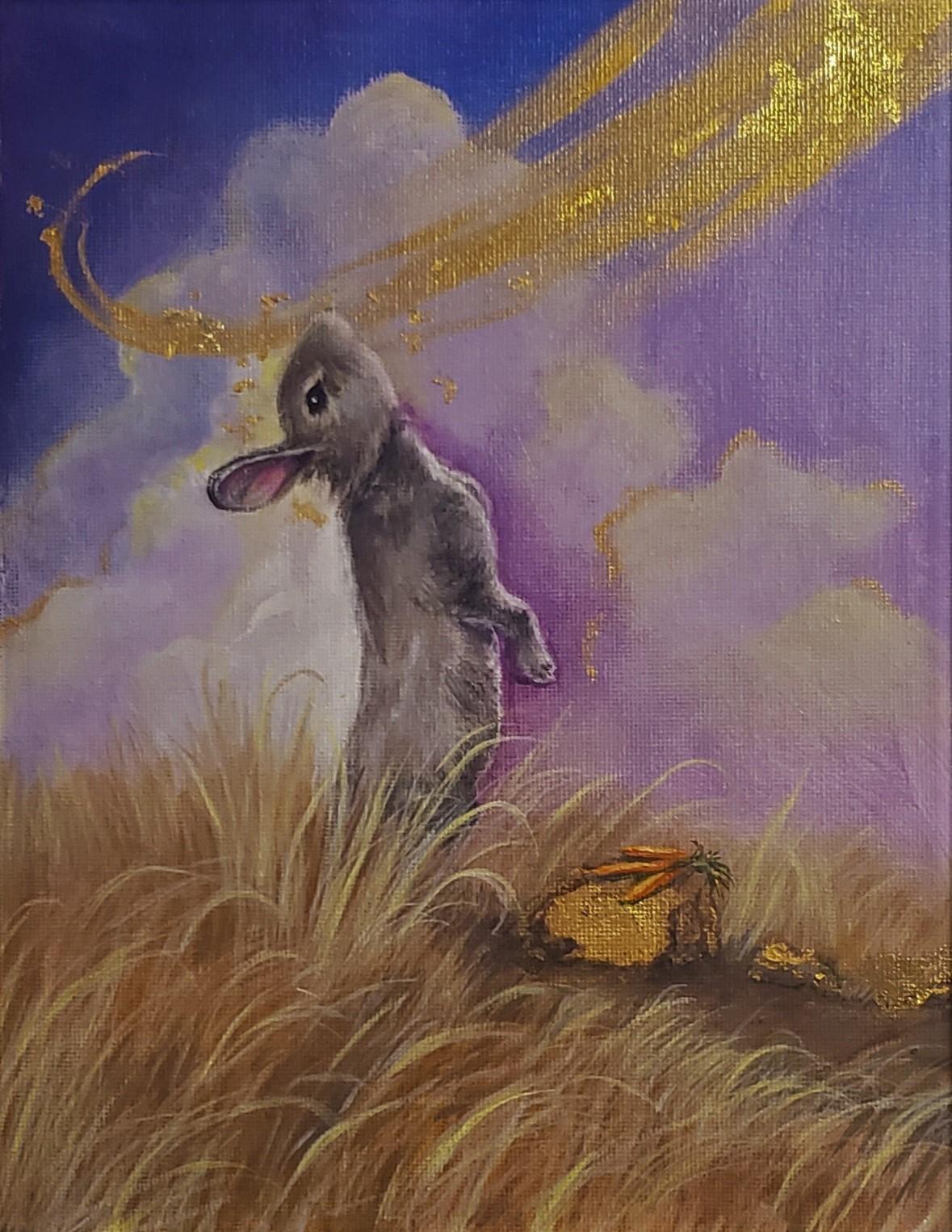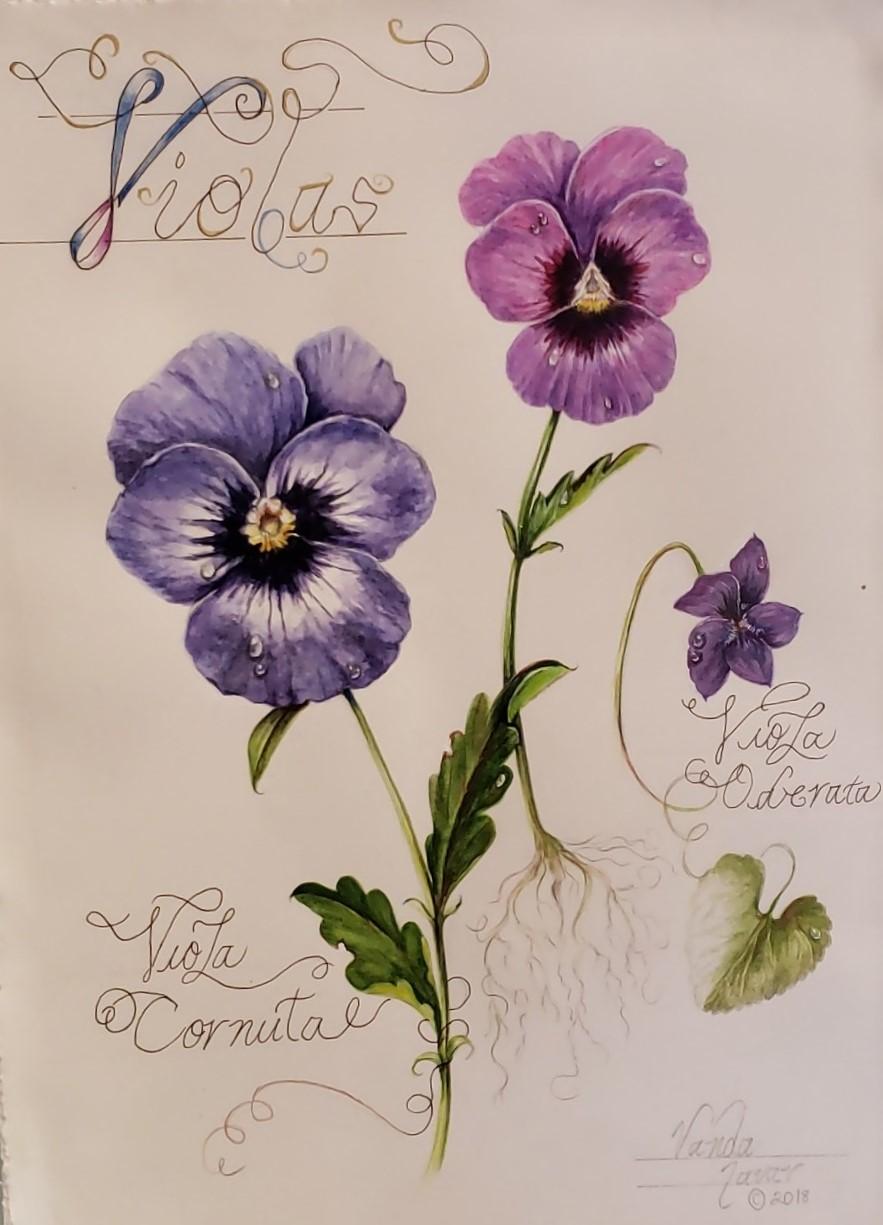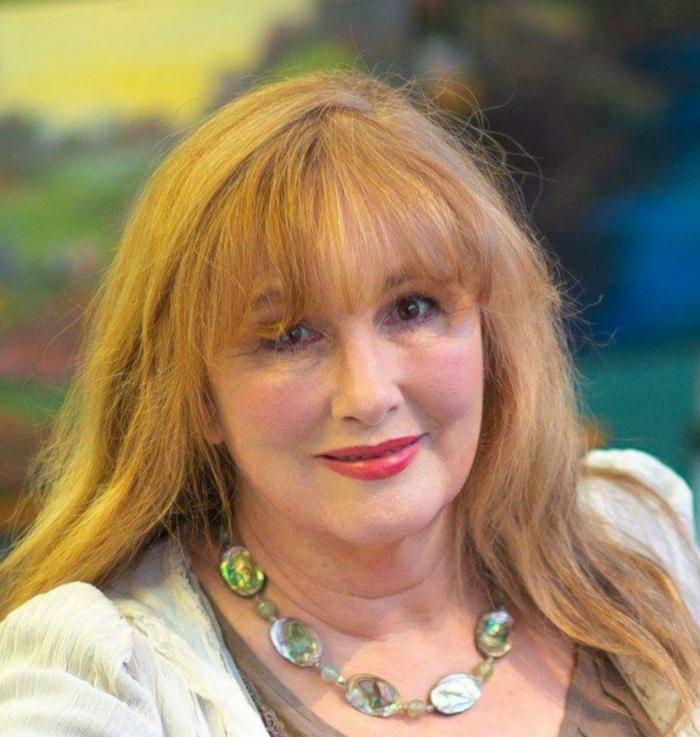Gouache is a form of opaque watercolor, historically also called “body Color.” In the English language we pronounce “gouache,” as “gwash,” thus rhyming with the word, squash. Gouache in its present formula has been around since the 12 th century. Gouache was used to paint the Illuminated Manuscripts by nuns and monks alike. For precise, opaque paintings, gouache is the perfect medium as it has the ability to be reworked by simply re-whetted it and moreover, it dries very quickly. Gouache is the ultimate paint for detail! It’s easy work-ability allows for its numerous uses in illustrations, posters, comic books, fashion design and jewelry motifs. As gouache is a water medium exclusively now, you can still find a variations of its use in ancient Egyptian hieroglyphs where gum or tragacanth gum was facilitated as a binding medium.

Historically, the word gouache comes from the Italian word guazzo, which means mud. This term was derived in the 16th century where it provided the base for oil paint over a tempera paint base. In the 18th century gouache became a water based medium in France, where it was used in a mixed media process combined with pastel. During the Victorian era, gouache and transparent watercolor were commonly used together in artworks. In the late 1900s a new form of gouache called acrylic gouache was invented. It was formulated with an acrylic-based binder using a high pigmentation concentration.
Today, it is perfectly acceptable to continue using gouache and transparent watercolor in tandem in your work. In fact, this is the “go-to” process for many top children’s books illustrators. The creative genius of this process is that one may achieve highly detailed paintings with pops of intensely, bright, saturated color provided by gouache. While transparent watercolor provides luminescent accents within the same work of art. What is more, because of gouache and watercolor’s quick drying times, this process can also provide a fast track to finished artworks, one which rivals the creation of computer, generated graphics. We hope that you will look forward to our instructional videos to guide you through the use of the transparent watercolor/gouache process!




